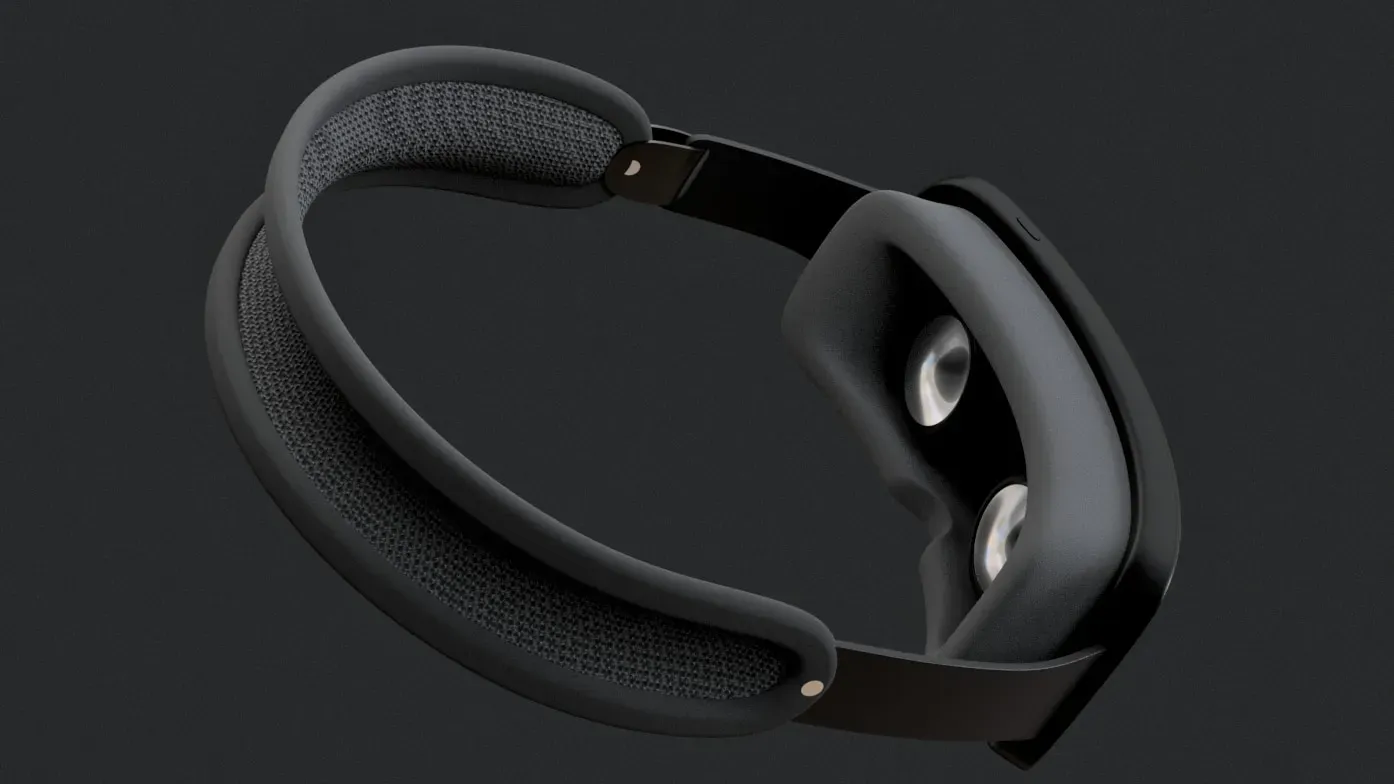Some Apple employees are questioning the usefulness of the rumored mixed reality headset ahead of its scheduled unveiling at the upcoming Developers Conference in June.
- What’s happening? The two reports highlight the perceived skepticism of some Apple employees who are concerned that the rumored headset is rushing to market.
- Why care? Instead of promoting an established market like the iPhone, Apple’s headset should convince people why they want to use an expensive headset.
- What to do? Read reports in Bloomberg and New York Times.
Skepticism at Apple about the headset ahead of launch
Mark Gurman revealed in the latest issue of Bloomberg’s Power On newsletter that Apple unveiled its mixed reality headset to a group of 100 top executives at the Steve Jobs Theater last week. It would seem that not everyone is sure that the rumored product is ready for prime time.
The device will cost around $3,000, have no obvious killer app, require an external battery that needs to be replaced every couple of hours, and use a design that some testers found uncomfortable. It will also likely launch with limited media content.
Some executives expect the mixed reality device to follow the same trajectory as the Apple Watch, which debuted with a confusing interface, slow processor and vague purpose before refocusing on a fitness and health accessory.
The headset’s best hope is a similar outcome. In terms of sales volume, the first version will look useless compared to the company’s existing products. It is likely that Apple will become the market leader in mixed reality in a few months, but this is just a sign of how weak the current market is.
Apple’s roadmap for the headset reportedly includes a more affordable version in 2025 using cheaper components and an iPhone-class chip instead of a Mac-class chip, as well as a successor to the first model with much better performance, both of which should drop within two years. years of the first headset.
Solution in search of a problem

Tripp Mickle and Brian X. Chen reported for the New York Times that some Apple employees are skeptical of the headset’s potential due to several factors:
But now, as the company prepares to unveil the headset in June, enthusiasm for Apple has given way to skepticism, said eight current and former employees who requested anonymity due to Apple’s no-talk policy. There are concerns about the device’s roughly $3,000 price tag, doubts about its usefulness, and concerns about its untested market.
And this:
Some employees left the project due to doubts about its potential. Others have been fired for lack of progress on some aspects of the headset, including the use of Apple’s Siri voice assistant, one person said. Even Apple executives have doubts about the product’s prospects. It was developed at a time when morale was undermined by a wave of departures from the company’s design team, including Mr Ive, who left Apple in 2019 and stopped consulting with the company last year.
The public debut of the headset is scheduled for June, and another delay is out of the question as the headset is already in production for the planned presentation.
Some internal skeptics wonder if the new device is the answer. Unlike the iPod, which put digital songs in people’s pockets, and the iPhone, which combined the power of a music player and a phone, the headset isn’t as clear, these people say.
It doesn’t sound good. Utility may be the biggest problem that headsets (which also plagued the iPad in its early days) face, because what’s the killer app?
During the development of the device, Apple focused on making it excellent for video conferencing and spending time with other people as avatars in the virtual world. The company called the device’s signature app “co-presence,”a word meant to capture the experience of sharing a real or virtual space with someone else. It’s like what Mark Zuckerberg, the founder of Facebook, calls the “metaverse”.
Making video calls with a headset on your face sounds too much of a hassle. In addition, both parties must use a headset.
The device will become a tool for artists, designers and engineers, tracking their free drawing in space in image editing applications and tracking hand gestures when editing virtual reality movies. Lastly, it will function as a high-definition TV with video content made to order by Hollywood directors such as Iron Man director Jon Favreau.
So image and video editing with air gestures, now we’re talking. The problem is that some air gestures, such as air typing, may not be ready for use during prime time. I’m also not interested in watching full length movies using this thing.
These reports from Bloomberg and the New York Times basically confirm earlier reports from The Financial Times that said Tim Cook and his right-hand man, COO Jeff Williams, allegedly “overrule early objections from Apple developers to wait for the technology to catch on with their vision.”


